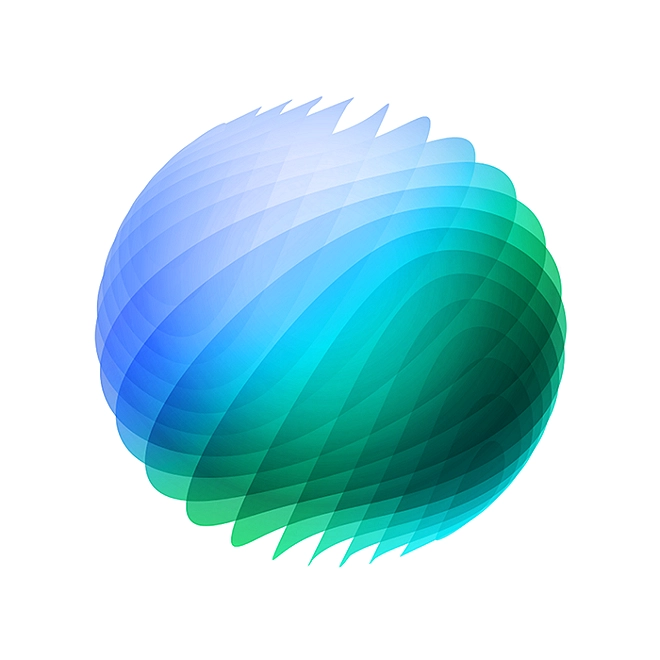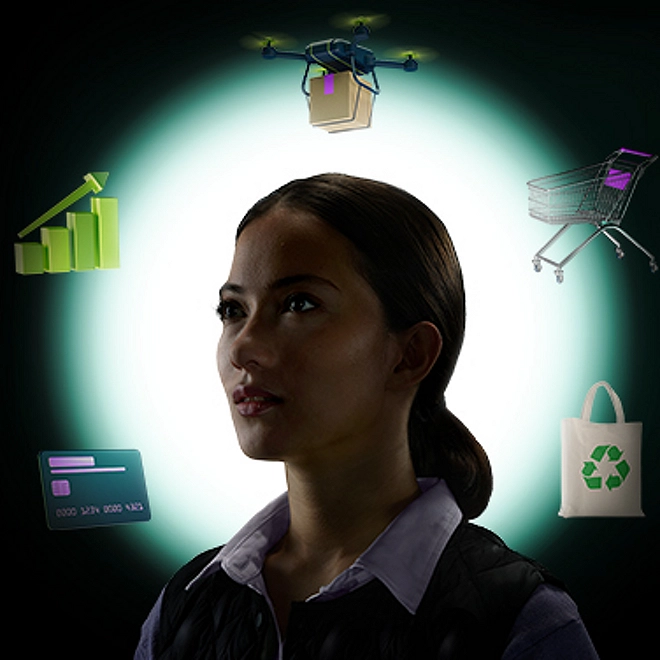Global Powers of Luxury Goods 2023
Game changing steps in luxury
Luxury goods companies have not only rebounded to pre-pandemic profitability levels but are also undergoing a significant transformation towards an environmentally responsible, circular economy business model. This shift is driven by customer demand and increasing regulatory pressure, and technology is playing a crucial role in accelerating this green transition. The luxury industry, synonymous with exclusivity, craftsmanship, and innovation, is embracing cutting-edge digital technologies like Artificial Intelligence (AI), machine learning, and the Internet of Things (IoT). These innovations are not only reshaping customer experiences but also revolutionizing sustainability, supply chains, and product authenticity.
Luxury goods company sales soar, profitability higher than pre-pandemic levels. During FY2022 the Top 100 luxury goods companies generated composite sales of US$347 billion, up from the US$305 billion registered in FY2021. This sharp increase in luxury goods sales signals the good state of the luxury industry after the pandemic years. The importance of the biggest luxury goods companies is clear: the 17 companies with luxury goods sales of more than US$5 billion contributed nearly 70% of the total Top 100 luxury goods sales. The 43 companies with sales of US$1 billion or less contributed only 6.4%. The minimum revenue threshold to enter the Top 100 was US$284 million.
The composite performance of the Top 100 companies in FY2022 reflects the continuing recovery from the impact of the COVID-19 pandemic, with stores open most of the year in most countries, travel and tourism returning, and consumer demand recovering especially in sectors such as makeup (see the separate box on the Impact of COVID-19 pandemic and company financial year end dates on FY2022 Top 100 ranking). For the 80 Top 100 companies reporting net profits in FY2022, the composite net profit margin was 1.2 percentage points higher than last year, at 13.4%, and higher than pre-pandemic levels.
In addition to exploring the trends reshaping the luxury goods market, this report delves into the 100 largest luxury goods companies, assessing their performance across geographies and product sectors. This year's report spotlights the industry's embrace of AI and the circular economy as game-changing forces. The luxury sector's ongoing transformation promises to redefine the industry, enhance customer experiences, and promote sustainability. As technology and luxury converge, the possibilities seem limitless.

The luxury industry embraces Artificial Intelligence (AI)
Luxury brands have traditionally represented the pinnacle of craftsmanship and exclusivity. However, in recent years, the industry has been at the forefront of embracing technology and digitalization, exploring new frontiers. AI, in particular, is making its presence felt in the luxury sector. Luxury brands are leveraging AI to provide personalized product recommendations, styling advice, and real-time customer support through GenAI-powered chatbots and virtual shopping assistants. This technological transformation aims to create a more unique and enjoyable shopping experience.
Towards a circular economy
The luxury industry is also advancing toward a circular economy model, a trend supported by AI and technology. Digital Product Passports (DPP) and Digital IDs are being deployed to document a product's sustainability and circularity throughout its entire lifecycle, from design to end of life. The benefits of these initiatives are manifold, including increased consumer trust, improved brand sentiment, reduced risk of greenwashing, comprehensive product tracking, a decrease in the number of goods in circulation, and the exploration of potential new business models.




